Tag, You’re It, Cliff! Tim Sanders’ Tips for Marking in Books
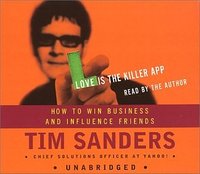 I’m listening to a great audiobook called Love is the Killer App by Tim Sanders, and in it he gives some practical tips for marking in books. Though his book is primarily written for people in the business world, his ideas about reading are helpful for teachers as well.
I’m listening to a great audiobook called Love is the Killer App by Tim Sanders, and in it he gives some practical tips for marking in books. Though his book is primarily written for people in the business world, his ideas about reading are helpful for teachers as well.
First, I like his terminology. Instead of using the terms “underlining” or “circling” for marking in a book, he uses “tagging.” When you mark a book you are tagging it, just like you tag a blog entry or a YouTube video. Tagging helps you to classify the knowledge, but it also helps you find it later, which is exactly the point of marking in books. I also like the word “tagging” because “underlining” or “circling” merely tell you what you do with the pen, but “tagging” hints at why you do it. Plus, many teens are familiar with tagging videos, or searching tagged videos, so tagging books is a natural connection for them.
Sanders also writes in the white spaces in the front of his books, and he calls this “Cliffing” the book, as in writing your own Cliff’s Notes. When you Cliff a book, you summarize and interpret it, and you do this inside the book itself, so that it’s handy the next time you read the book. Many of my students are familiar with Cliff’s Notes and their bright yellow covers, so using the term “Cliffing” taps into an existing schema.
I like these two terms, tagging and Cliffing, and I plan on using them next year to explain how to write in books. They seem friendlier and more descriptive than “marking the text,” which is the phrase I usually use.
Love is the Killer App is upbeat, intelligent and practical, and there’s a lot more to it than advice on how to read a book. I look forward to listening to the rest of it.

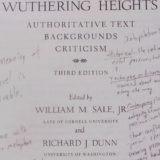


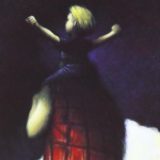




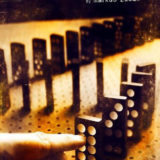

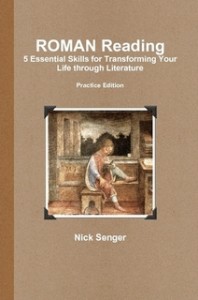

Well, I don’t do either of those things (well, not often), but I do “comment” – I write thoughts, questions, and responses in the margins. Of course, the downside is that the author can’t comment back! ;D